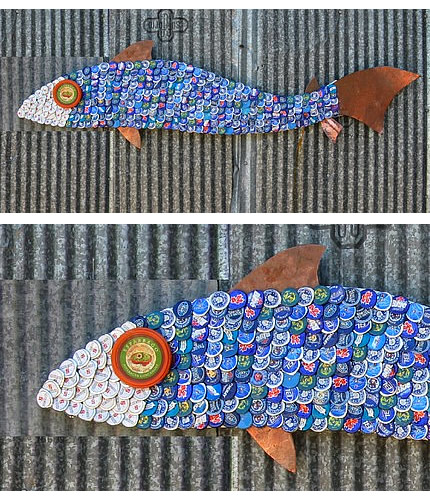Artist- Yuken Teruya was born in Okinawa, Japan in 1973. His artworks can be seen at the Josee Bienvenu Gallery located in New York. He works with various materials, including toilet paper rolls, bills, and paper shopping bags. Most of his ideas reflect the life and history of his homeland.
Title- Corner Forest
Media-toilet paper rolls
Dimensions- 8 ft long
Date- November 11, 2008
Artist’s statement- “The toilet rolls that are sprouting and spreading branches are installed to a wall to create a forest. There is a moment when the cut-out branches and leaves start holding themselves up with their own strength. It is as if I am helping the paper awaken its ability to come to life. My works have a right to simply be beautiful or offer any kind of attraction.”
Background info on the work- The Corner Forest is a series of trees on rolls of toilet paper where the branches are cut from the cardboard tubes and extend out to create a forest. In each roll, the shape of a tree is created without adding or removing anything, just by cutting out and folding the cardboard itself. Teruya’s works explore issues such as the growing consumerism of contemporary society, depleting natural resources and other problems associated with globalism, including the threat it poses to localized cultural traditions and identities.
How it connects to the theme of the show and why you chose the work- I chose this piece of art because it displays nature in a unique way. There is a lot of detail in each roll, which shows that the artist dedicated a lot of his time to create such a delicate piece of art. It connects to the theme because the artist used recycled items instead of new, expensive materials. The artwork shows how any type of material can be transformed into something beautiful.


